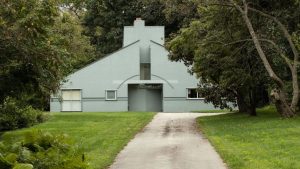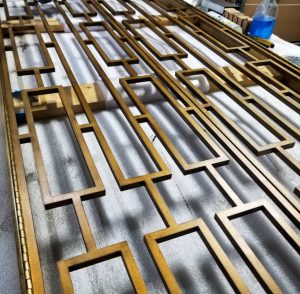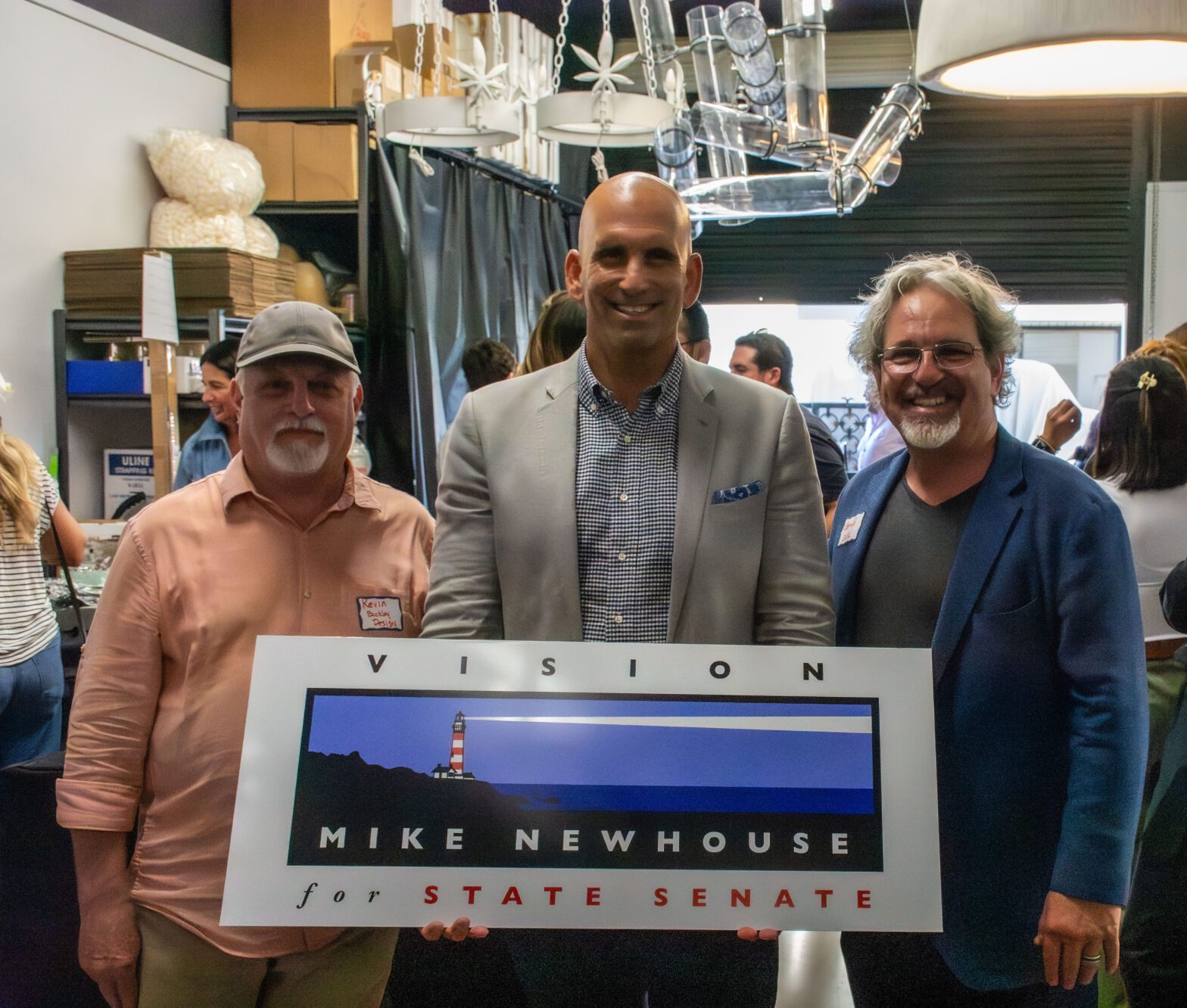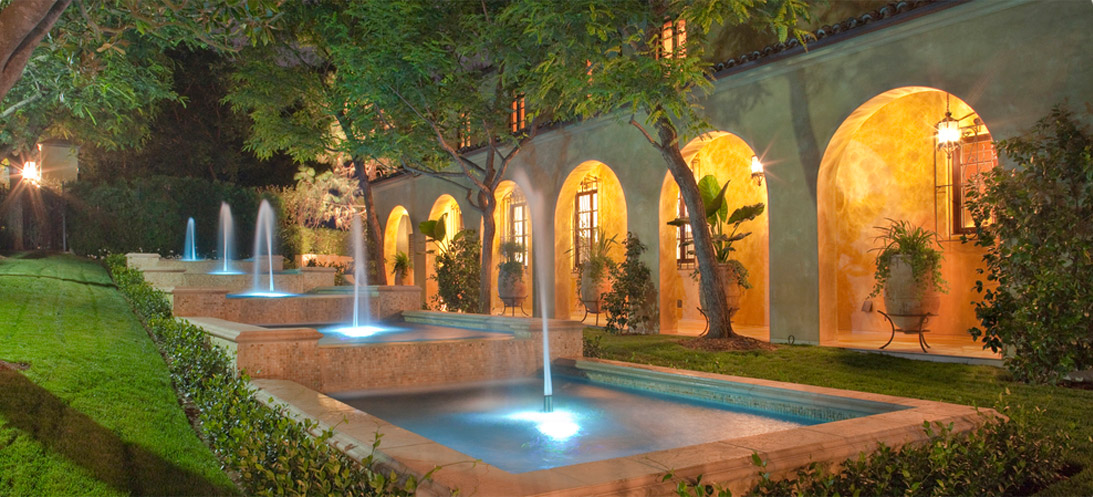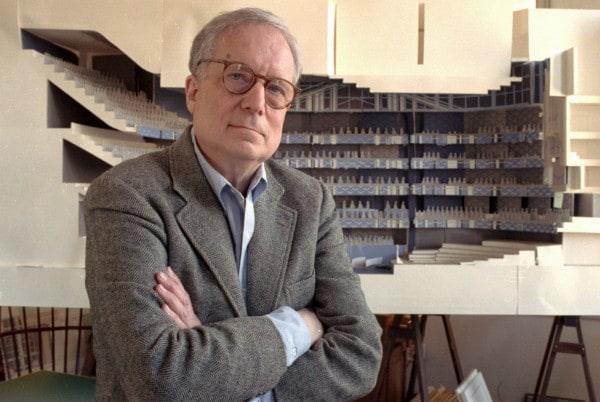
“Don’t trust an architect who’s trying to start a movement.”
~ Robert Venturi
Robert Venturi, considered the father of postmodernism and an iconic architect, passed away this week at the age of 93. Declaring once that ‘Less is a bore,’ He gained acclaim from his 1966 book “Complexity and Contradiction in Architecture.” In his work, he overturned the theory of Mies van der Rohe’s famous dictum of ‘less is more.’ During his lauded career, he went from an architectural renegade to a master, winning the 1991 Pritzker Architecture Prize. He has brought architecture to where it is today by shaping a generation of architects. The last 20 years of architecture would be lost without the influential work of Venturi.
His first important work was the Vanna Venturi House in Philadelphia, which was designed for his mother and completed in the early 1960’s. The house can be recognized as a traditional house, but past that Venturi put his vision to work. He left the gable of the house open at the top, and the staircase wide at the bottom and narrow at the top. This gave you the strong impression that you were leaving the grandness of the open living area into the private living spaces above. He painted the exterior of the house a pale green, simply because he was told no one should paint a house green. This work was so significant that it was recognized on a postage stamp in 2005.
His reputation continued to grow after the acclaim of the Vanna Venturi House, as his views of architecture became more accepted in the mainstream. In the 1970’s, he designed the iconic Freedom Plaza in Washington, DC. He later designed buildings for Harvard, Yale and Princeton. Venturi was celebrated with his addition to the Oberlin College Art Museum in Ohio, the National Gallery in London, and the new Seattle Art Museum.
From the Factory Floor
6′ tall double pair of bar doors, in collaboration with Studio William Hefner
by Gerald Olesker, CEO, ADG Lighting
